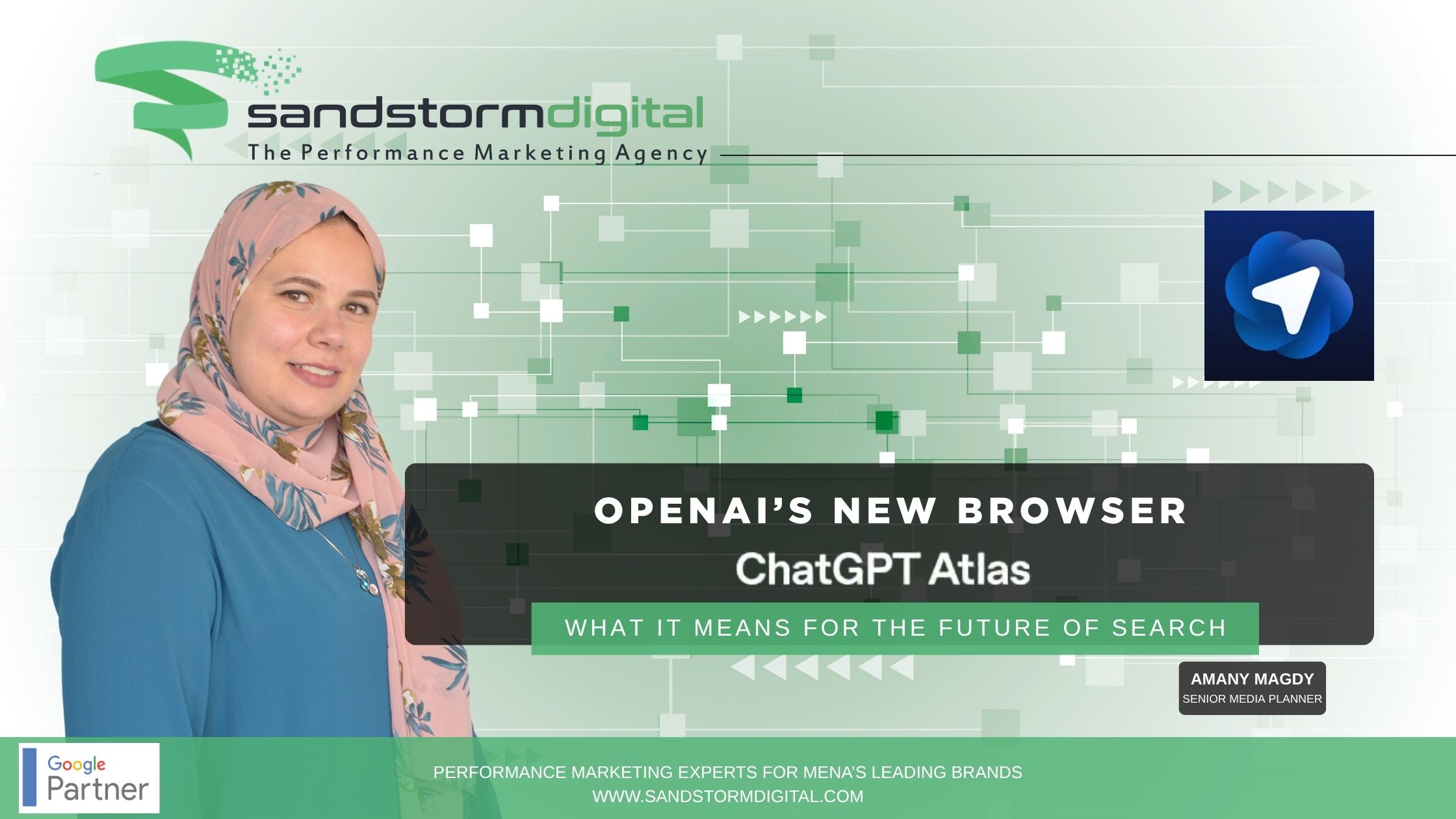The best businesses need a strong marketing campaign, and simply running some native ads isn’t enough in the quickly expanding digital marketplace. While marketing strategies have evolved significantly over the past decade, native advertisements have continued to grow in influence to account for a significant portion of impressions throughout the web. Their popularity comes from often reporting a higher ROI than many other forms of advertising, as well as often providing a better user experience. Therefore, optimizing your native ads to achieve the best ROI you can is critical against the growing competition. Here, you’ll see six of the top recommendations for small businesses and large companies alike to improve your ROI and get more out of your ad campaign.
Rotate Your Ads
People become blind to your ads the more they see them, and this becomes especially apparent with retargeted users. Retargeting can be one of your most powerful marketing allies, keeping your brand at the top of people’s mind, but its effectiveness decreases as these people become used to seeing the same ad or even seeing it in the same place. This phenomenon is sometimes called “banner blindness,” a type of inattentional blindness that happens when our brains adapt to a repeated stimuli. As a marketer, you need to expect and plan for this.
You want to find a way to get your visitors to notice your brand again before they can forget about you, and this is why you need to have multiple ads that you can rotate on a regular basis. This strategy is often employed in television and radio when old advertisements reemerge and new ones go away, but the tactic becomes easier and much more cost efficient when marketing online. Something as simple as a testing out a different color scheme for an ad could have a surprising effect on the CTR of retargeted viewers.
Rotate Your Ad Networks
“Banner blindness” doesn’t just occur with the appearance of your ad creatives, it can be affected by where people see your ads as well. Different ad networks hold exclusive contracts and partnerships with various websites all across the internet, meaning there are entire audiences that you’re currently missing. Therefore, rotating the native ad service that you’re using once in awhile or expanding your ad services altogether can be a good way to increase your impressions and traffic.
Besides allowing you to tap into parts of the web that a single ad provider is restricted from, testing out different services can provide you with new marketing tools and data to use. The space of digital real estate used for native ads is steadily growing, and the tools we use to interact with and measure advertisements have evolved as well. Another benefit to trying out some of the newer, smaller ad networks is that you might be able to get a better bang for your buck. Because of their small statue in a highly competitive but quickly growing market, many smaller ad networks incentivize a better CPA/CPV rate than the larger networks like Google AdWords to grow their advertising network. If you’re looking to test out a new PPC campaign, for example, then it might make sense to try out a smaller platform.
Automate Your Ad Campaign
Automation has dramatically changed every bit of our world, including marketing. Digitally, computerization makes it increasingly useful to optimize advertising campaigns by saving you large amounts of time. Automated split testing is one of the most useful methods of optimizing your native ad campaign, allowing you to quickly acquire data on what wording, image, or ad creative is most effective with your audience. Many news networks and large corporations have automated their split testing for years to run multiple headlines or ads simultaneously and “pick” the most successful one with the best CTR after a set period. Now, this technique is being offered by many PPC and native advertisement networks to even the smallest digital marketers.
Split testing may be one of the most obvious introductions of automation in your marketing campaign, but that’s just the beginning. For example, the Titan advertising platform was an early adopter to include a different type of automation that allows you to set underperforming ads to stop running altogether if their CTR falls below a certain threshold. IFTTT (If This Then That) software can perform a wide variety of detailed acts that you can customize as well. Tools like this that can work around the clock are key to optimizing your native advertising campaign and saving you money.
Start Dayparting (Scheduling) Your Ads
Dayparting goes back to the start of broadcast advertising but is just as applicable to running a native ad campaign today. One crucial element to marketing that hasn’t changed is that your target audience isn’t always reachable. Optimal marketing accounts for when your audience is going to be listening, watching, or browsing, and markets intelligently to target those times. This concept of dayparting improves your CTR by restricting the running of your ads to certain times of the day or certain days of the week when your target customers are most likely to see it.
For example, if your native ads are targeting college students and your CTR is underperforming during weekday mornings, it might make sense to disable those ads during that time or restricting them to only run during the weekend. Many ad networks like AdWords allow you to see multiple views of how your ads have been performing over the course of months or years. Like split testing, this method involves some trial and error, but also can and should be automated to optimize your campaign ROI further.
Separate Your Ads by Platform
One of the biggest mistakes small businesses make that hinder their native advertising efforts is constraining both desktop and mobile ads under a single campaign. Treating your native ads targeted towards desktop, mobile, and even tablet under separate campaigns may take more investment in the start, but allows you much greater control and optimization in the long run.
Most native ad platforms only enable the advertiser to adjust CPC bids at the campaign level of your account, not individually. Each platform works differently, and therefore you should target each separately. For example, if your high-converting mobile native ad campaign is underdelivering, you can increase its CPC bid without making any changes to your desktop or tablet campaigns, which could be performing well as is. Because of common scenarios like this, it makes sense to separate your campaigns when you’re trying to get the most out of your native ads.
Add Geo-targeting to Your Ads
The relevance of your ad to the customer is what makes it successful or not, but location is one important piece of relevance that many advertisers and small businesses are missing out on. Incorporating dayparting into your ads may help you figure out when your ads are performing best, but the next question to ask is “where.” Optimizing your native ad campaign should also start to include proper geo-targeting, controlling where in the world they are seen.
For example, pushing ads for a snow removal company wouldn’t be nearly as useful in southern states. Money spent advertising in locations where your native ads aren’t as likely to bring in new business can be dollars wasted. You can take advantage of this by using geo-targeting to vary your marketing strategy between countries, states, and in many cases, even cities.
Optimizing your native advertisement campaign doesn’t need to take away much of your time or cost much; especially when employing these easy tips can quickly and dramatically improve the ROI of your campaign. From small businesses just beginning to grow their online customer base to well-established companies expanding their marketing goals, optimizing your native ad campaign should be high up on your list of your marketing priorities.











